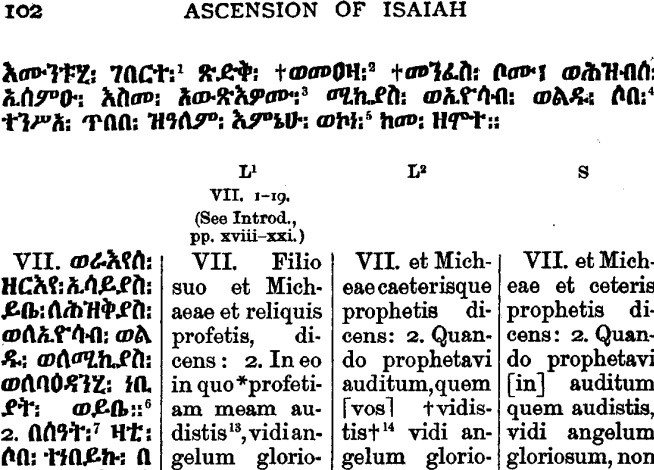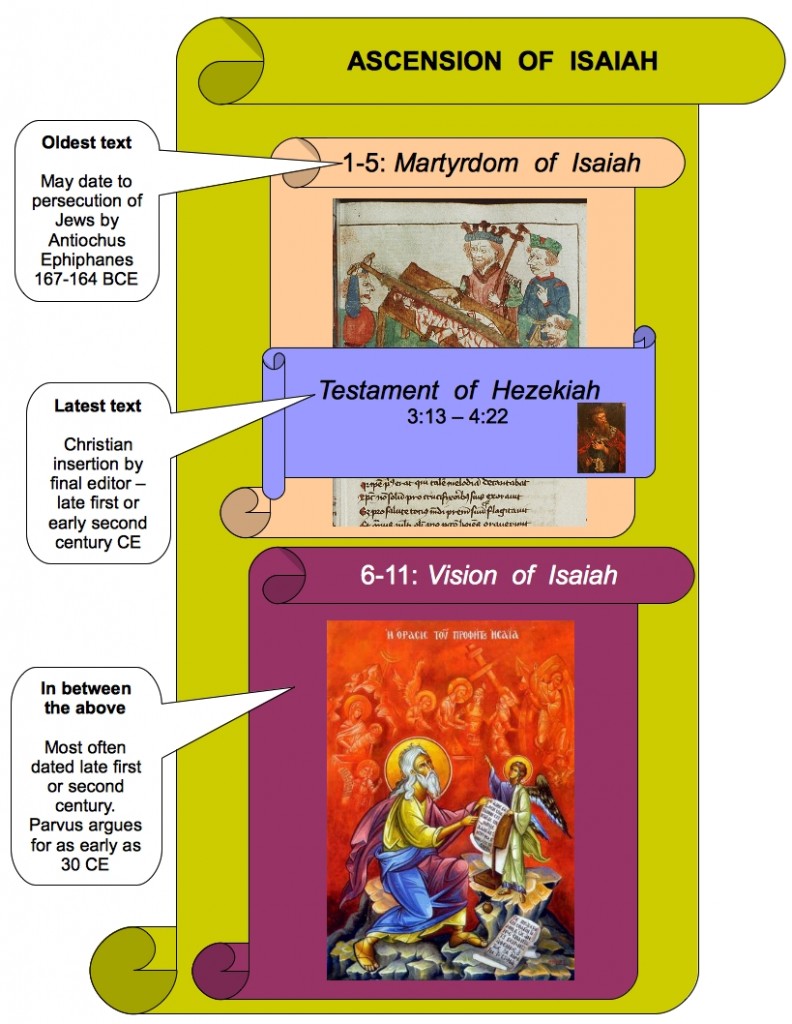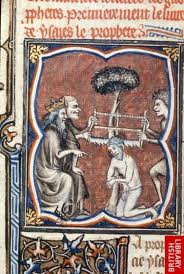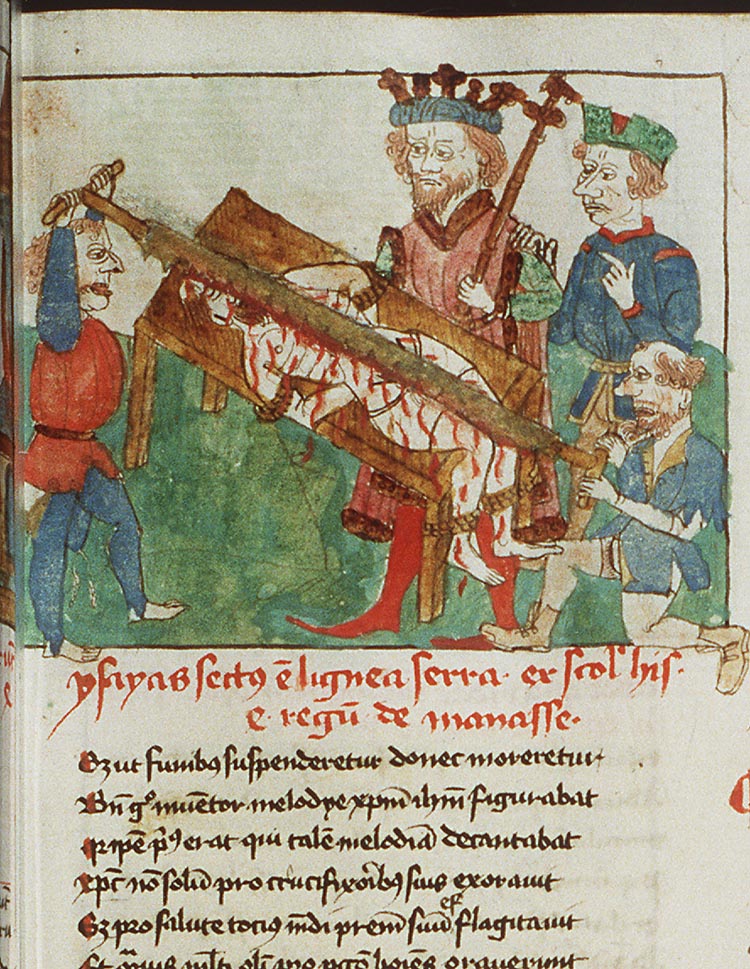|
When I finished the previous post of the series, I expected to go on to a discussion of the eschatology in chapter 15 of 1 Corinthians. But while working on that, I quickly realized that chapters 1 through 4 of the letter should be examined first. They provide some necessary background on the situation in the church at Corinth. So this post will consider these earlier chapters from the perspective of my hypotheses that the Paul who wrote the Corinthian letters was Simon of Samaria, his gospel was based on the Vision of Isaiah, and his letters were subsequently interpolated (as late as 130 CE) by a proto-orthodox Christian. I have already discussed 1 Cor. 2:6-9 in part 7 of the series. My interpretation of that passage will be incorporated here into a view of the Corinthian controversy as a whole. |
.
Disruptive Wisdom in the Church at Corinth
1 Corinthians begins with four chapters in which the Apostle expresses concern about some kind of wisdom that, in his absence, was being put forward by certain Christians at Corinth and was giving rise to factions in the church there. The nature of the troublesome wisdom is unclear but, from a consideration of the entire Corinthian correspondence, it seems to me most likely that it was the product of people laying claim to the gift of prophecy. Its proponents likely believed that their wisdom, like the Apostle’s own (1 Cor. 2:6-9), was revealed by God.
 As we saw above, in the Pauline letters, and especially in 1 Corinthians (2, 12-14), certain believers have gifts of inspired speech and discernment. They are called pneumatics and, broadly speaking, they exercise the role of prophets. Among other manifestations they are said to speak ‘wisdom of God’ (2,7,13) or to be ‘wise’ (3,18; 6,5; cf. 14,29 diakrinein) or to have a ‘word of wisdom’ (12,8) and to speak ‘in knowledge’ or to ‘have knowledge’ or ‘a word of knowledge’ (8,10; 12,8; 14,6). The terms wisdom and knowledge are used of pneumatic gifts in other parts of the Pauline literature and occasionally they appear in tandem, both in Paul and elsewhere. (E. Earle Ellis, Prophecy and Hermeneutic in Early Christianity, p. 50)
As we saw above, in the Pauline letters, and especially in 1 Corinthians (2, 12-14), certain believers have gifts of inspired speech and discernment. They are called pneumatics and, broadly speaking, they exercise the role of prophets. Among other manifestations they are said to speak ‘wisdom of God’ (2,7,13) or to be ‘wise’ (3,18; 6,5; cf. 14,29 diakrinein) or to have a ‘word of wisdom’ (12,8) and to speak ‘in knowledge’ or to ‘have knowledge’ or ‘a word of knowledge’ (8,10; 12,8; 14,6). The terms wisdom and knowledge are used of pneumatic gifts in other parts of the Pauline literature and occasionally they appear in tandem, both in Paul and elsewhere. (E. Earle Ellis, Prophecy and Hermeneutic in Early Christianity, p. 50)
The Apostle refers to the purveyors of the wisdom as fellow workers, but it becomes clear in the course of his presentation that he views at least some of them as competitors and has serious reservations about whether their teaching is in harmony with the gospel.
That gospel, as I proposed in parts 7 through 9, was likely derived from the Vision of Isaiah, and for the Apostle its truth was confirmed by the divine revelation that he himself had received. He has no comparable assurance for the suspect wisdom. Those pushing it apparently accepted, at least initially, the Apostle’s gospel beliefs, for without that minimal commonality it is hard to see how he could have allowed them to operate at all in his community. And he does say that they were building on the foundation— Jesus Christ (1 Cor. 3:11, 1:23 and 2:2)—that he himself “as a wise master builder” (1 Cor. 3:10) had laid down in Corinth. He makes clear that use of that foundation is non-negotiable: “No man can lay a foundation other than the one that is there” (1 Cor. 3:11). To try to substitute another would in effect destroy the edifice, and “if any man destroys God’s temple, God will destroy that man; for the temple of God, which you are, is holy” (1 Cor. 3:17). But building on the right foundation is not enough. What is built on it must be able to survive the coming conflagration and the Apostle seems to doubt that the materials being used by his competitors at Corinth will pass that test.
The Apostle’s repeated belittlement of mere “wisdom of word” and “wisdom of man” and “wisdom of the world” seems to be an indirect putdown of what his competitors are teaching. His wisdom is from God. He is not so sure about the source of theirs.
Christ did not send me to baptize but to preach the gospel, and not in wisdom of word, lest the cross of Christ be emptied of its power. (1 Cor. 1:17)
We have not received the spirit of the world but the spirit that is from God, so that we may understand the things freely given us by God. And we speak about them not with words taught by the wisdom of man, but with words taught by the Spirit, describing spiritual realities in spiritual terms. (1 Cor. 2:12-13)
We speak wisdom among the perfect, but wisdom not of this world, nor of the rulers of this world, who are coming to nought. But we speak God’s wisdom in a mystery, that hidden wisdom which God decreed before the ages for our glory. None of the rulers of this world understood this, for if they had, they would not have crucified the Lord of glory. But, as it is written, ‘What no eye has seen, nor ear heard, nor has it entered into the heart of man, what God has prepared for those who love him.’ (1Cor. 2:6-9)
The “wisdom of man,” as the Apostle uses the expression, is an inferior wisdom whose source is merely “the spirit of man that is in him” (1 Cor. 2:11). And the source of the “wisdom of this world” is “the spirit of the world” (1 Cor. 2:12), i.e., the ignorant angel who together with his spirit underlings are the “rulers of this world” (1 Cor. 2:6). Later, as the situation further deteriorates at Corinth and the Apostle comes to view the competing wisdom as “a different gospel” (2 Cor. 11:4), he supplies the name of the angel. He is “Satan” who “masquerades as an angel of light” (2 Cor. 11:14). Thus we are apparently dealing with wisdoms inspired by different spirits and, according to Simon/Paul, only one of them—his—certainly comes from God.
.








